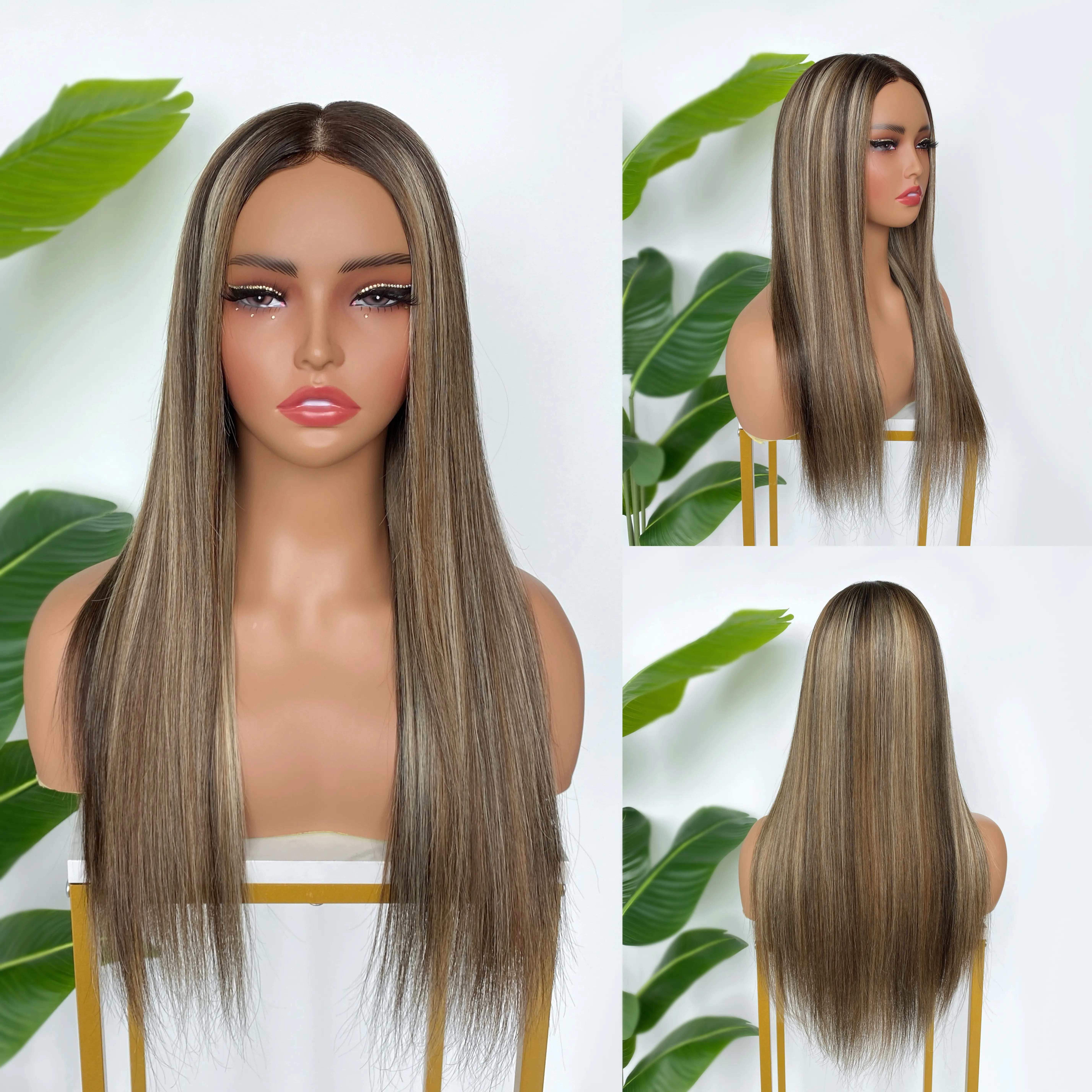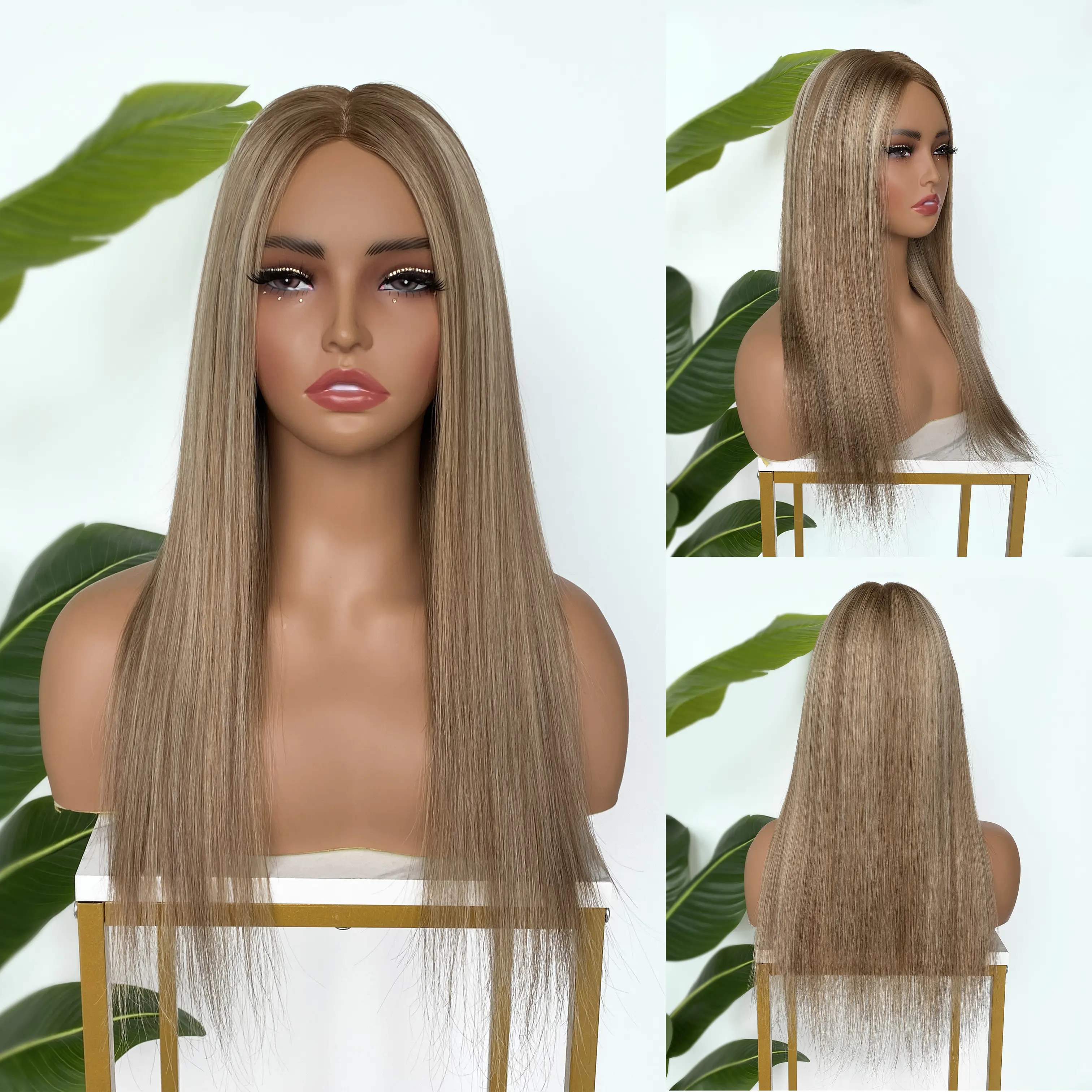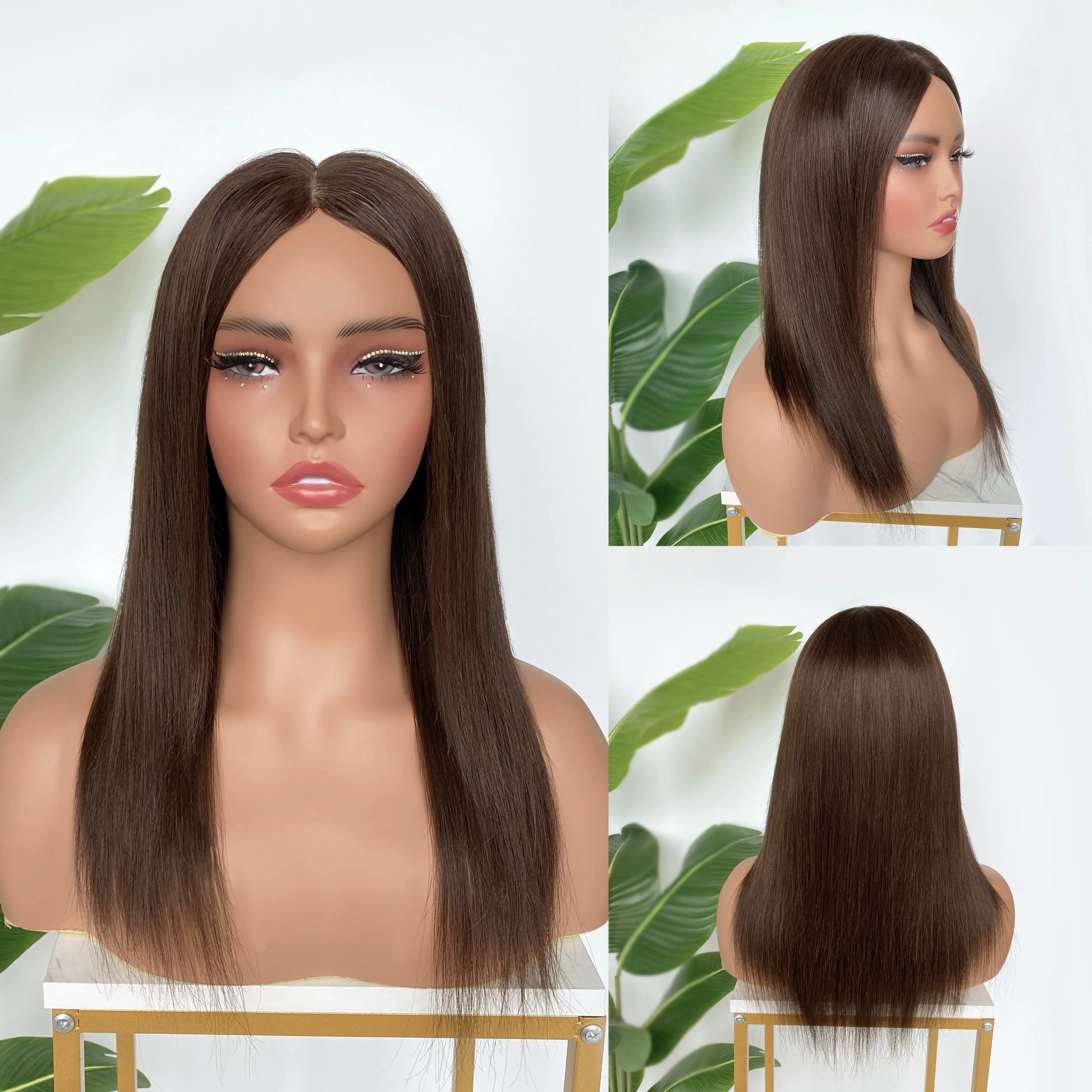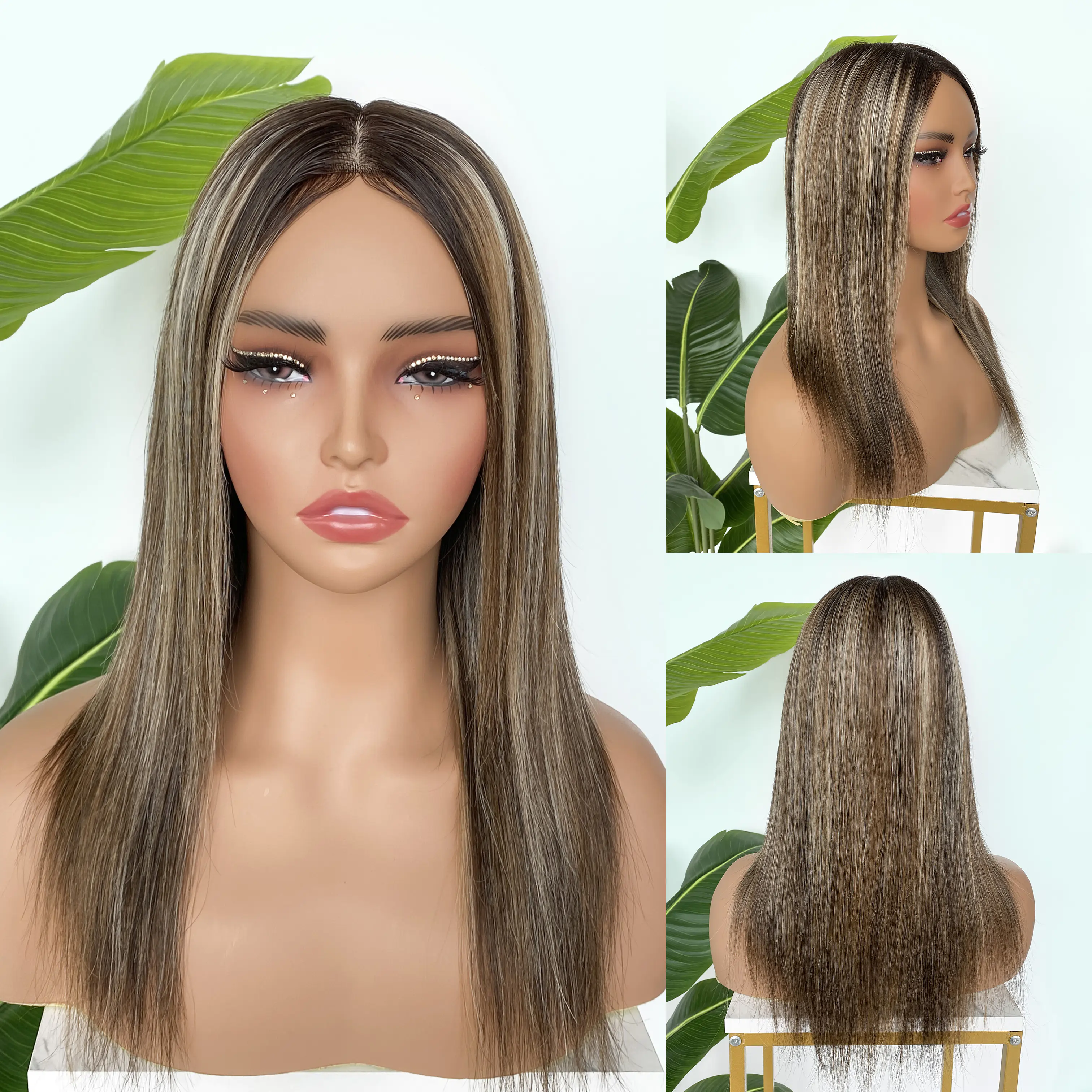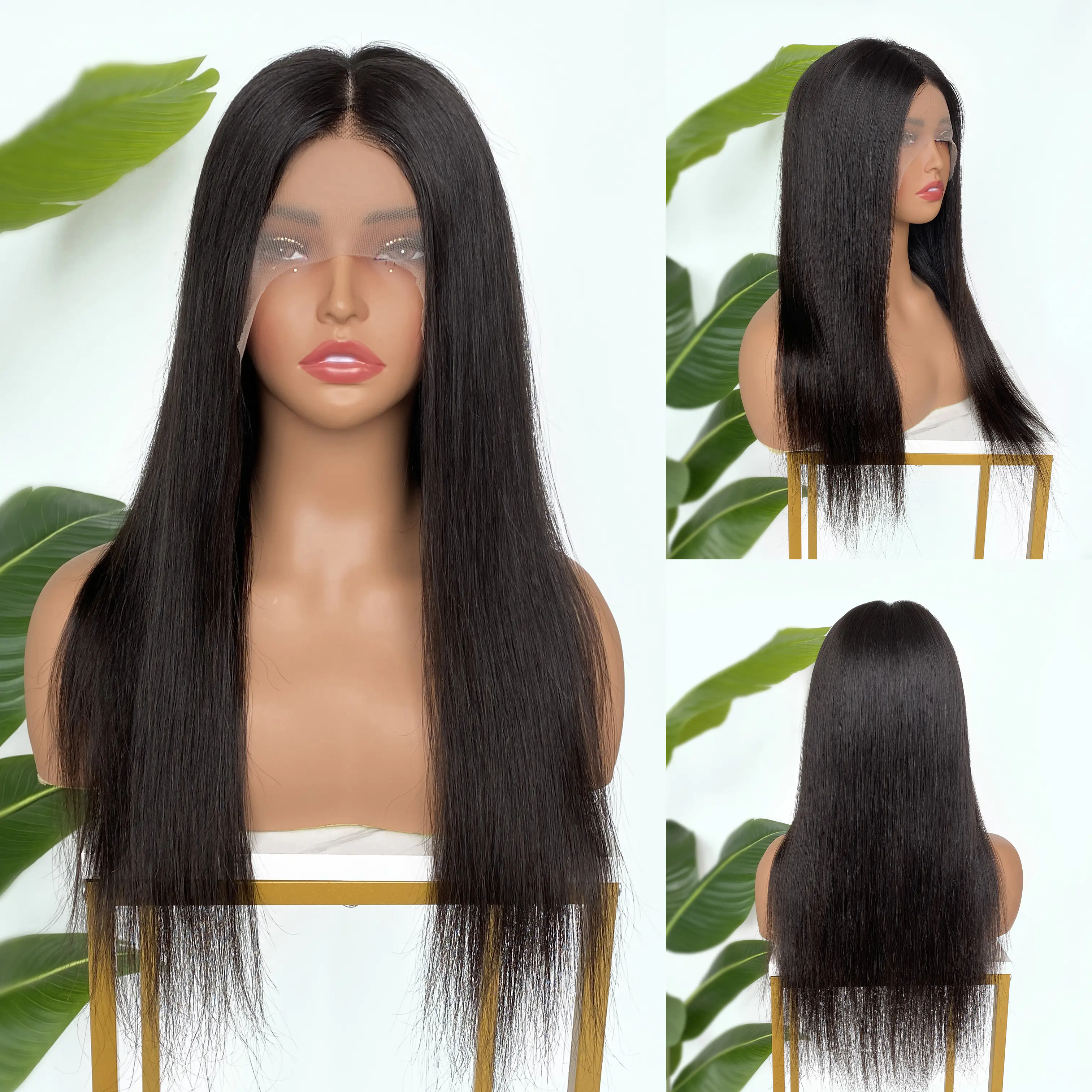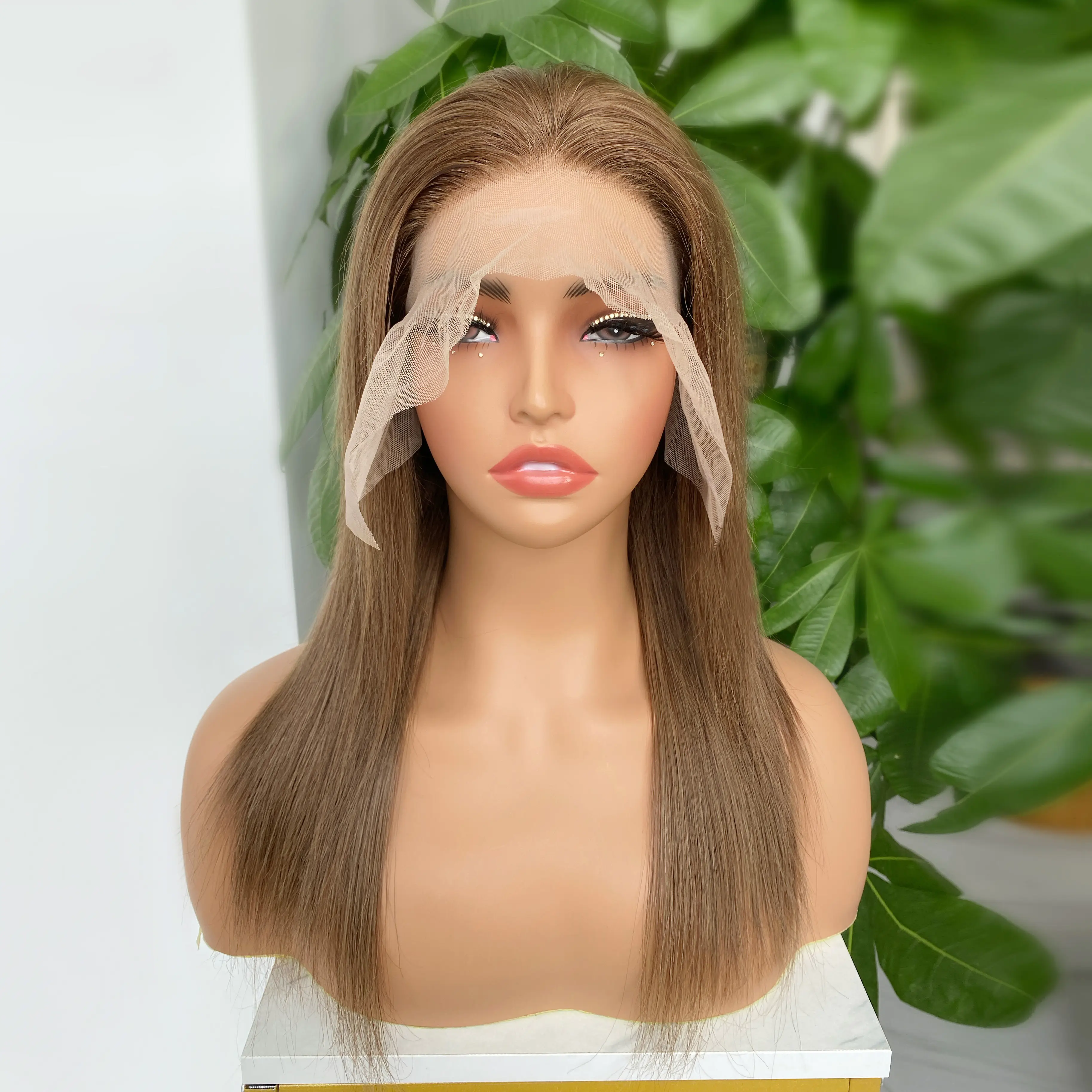As women, we grow up yearning for long, luscious hair. We watched Disney movies full of Princesses with tresses tumbling down castle towers and we were convinced that great hair was the way to a great life…Then we grew up. Whether you want to add length, volume, or simply switch up your style for a new season, hair extensions are a great option. They offer flexibility, but without proper care, you can end up with matted hair, dull strands, or even worse, irreversible damage to your real hair. We want you to snatch your edges… not lose them. Hair extensions look amazing, but they can also be extremely expensive. With good care and proper use, you can extend the service life of your hair extensions and save money. Follow us now.
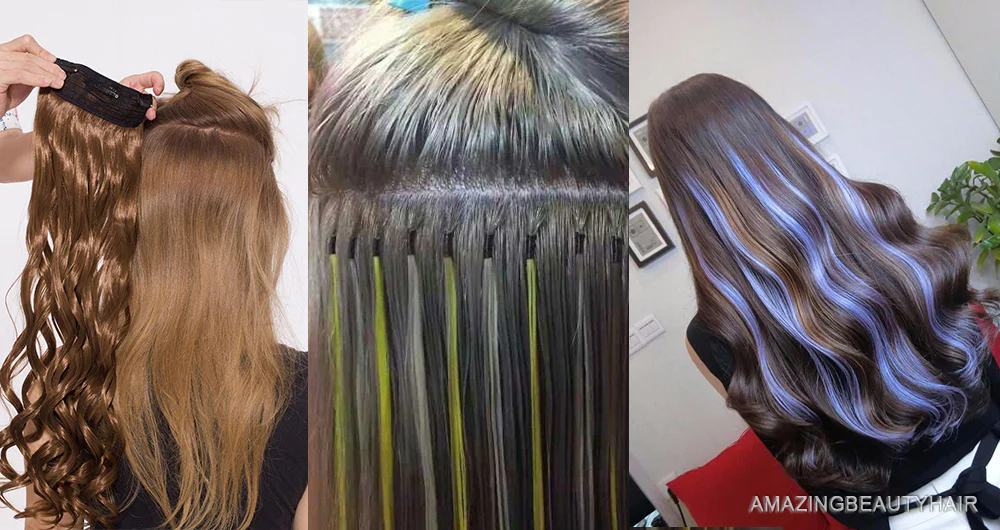
Even though it doesn't grow from your scalp, you must take care of extension hair as if it does — after all, you paid for it! The best way to maintain your extensions is to take care of them as you would your own hair. Use products that you would use on your hair and avoid too many harsh chemicals.
Not all extensions are created equal. The look you are trying to achieve as well as your hair texture will determine the best extensions for you. Sew-ins are extensions that are literally sewn onto cornrows made with your own hair (plus added braiding hair for durability). While this technique is often illustrated on Black women, anyone can try this particular method. The benefit of sew-ins are that you can get a super long wear, a protective style, and it promotes hair growth.
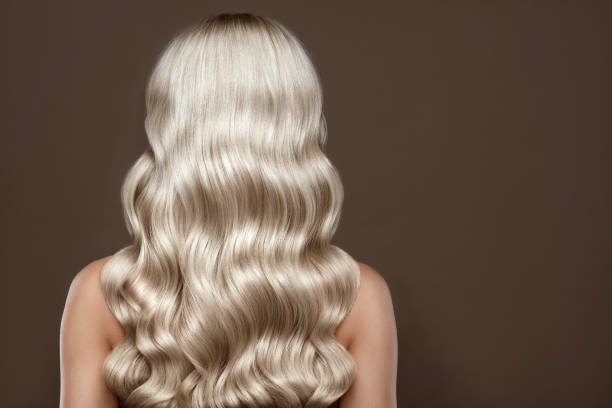
Another extremely popular option for your hair are tape-ins, which work as the name suggests: The extensions are placed on thin tape wefts and sandwiched between your real hair. They aren't bulky if installed correctly; in fact, one of the main benefits is that they look super natural and undetectable. For the woman who may not have a lot of time on her hands or has minimal experience with extensions, clip-ins are great for quick and temporary length and to add volume."
Other options include microlinks, a type of hair extension that is attached to your hair by taking small strands and securing the extensions with little silicone beads, which are also great for length and volume. These are also slightly higher maintenance with necessary hair appointments at least once a month for upkeep. The next level up from microlinks are keratin extensions. Like microlinks, they fuse small strands of your hair with the extensions; however, unlike microlinks, they use heated keratin protein to bond and fuse your hair and the extensions. They're pricey, but pretty much undetectable — making them a popular option amongst celebrities.
1.Brush Your Hair Right and Everyday
We have heard from numerous stylists about the importance of brushing. We have also seen the results of hair extensions that were not properly brushed by the client. It is so important to not only have the correct type of hairbrush but also to apply safe brushing techniques into the client’s daily routine. When it comes to how many times you brush a day, as long as you are gentle, the more, the better. Take small sections of hair and brush from the scalp over the extensions to mid lengths, being careful to tease any tangles out from the bottom lengths first. Do not back comb areas where the Pre-Bonded or Tapes are placed. For Pre-Bonded wearers, separate the extensions with your fingers on a regular basis to prevent matting.
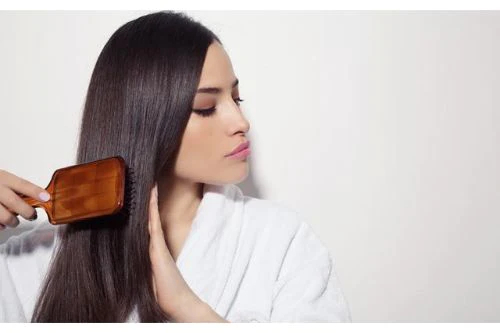
2. Use The Right Shampoo Products and Methods
Washing Product Suggestions: Use sulfate-free shampoo. Sulfates are the cleaning detergents in shampoos that cause them to foam. But please avoid products that contain ingredients such as sulfates and alcohol, which are known for stripping your hair of its natural oils and in turn, making your extensions more likely to get matted.
Washing Methods Suggestions: Do not shampoo your hair for at least 48 hours after your extensions are applied by your hairstylist. If possible, washing your hair in the shower, allowing the water to flow down your hair. When washing, always ensure that you focus your shampoo on the roots to remove excess oil and conditioner on the ends to keep them nourished. Putting conditioner anywhere near your roots may cause the extensions to begin slipping down your hair, making them last far less long. In addition, please pay attention to the use of warm water to wash your hair.
3. Minimize Heating Damage
No matter how high quality hair is, it will be damaged by heating tools that use too high a temperature. And these damages are very difficult to repair, which will greatly reduce the life of the hair extension. There are several ways to minimize heating damage:
Use Heat Protectant: before using any heated styling tools, don’t forget to apply a protectant. It will greatly reduce the damage of heating tools to your hair and hair extensions
Turn Down The Temperature: when you are using heated tools, try to keep the temperature as low as possible. We recommend that you use heating tools not to exceed 180 degrees. For light blonde colors, NEVER more than 300 degrees F or the delicate hair strands will burn and result in tangled hair.
Absolutely never flat iron or use a curling iron on wet or damp hair: the hair surface and structural proteins are permanently damaged using high heat without a protective polymer applied to the hair's surface.
Take regular breaks: if you straighten your hair every day or curl it with a lot of products every weekend, then although it looks beautiful, you are shortening the life of your hair. So why stop using heat from time to time?
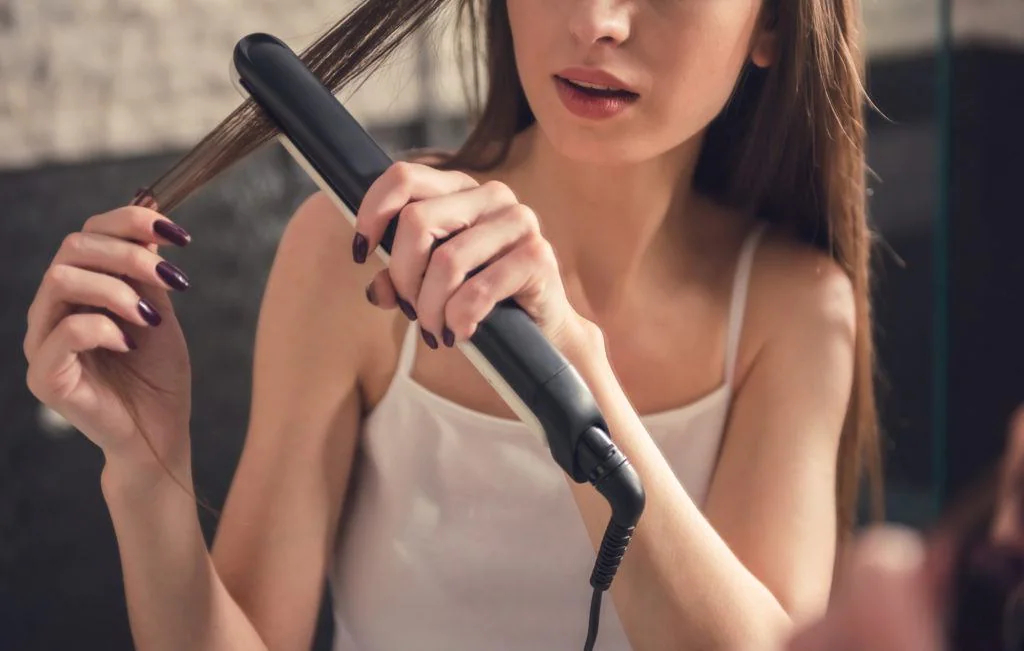
4. Keep Good Sleeping Habits in Your Extension Care Routine
When taking care of your hair extensions, never sleep with wet hair is an important rule. Your hair is at its weakest when it is wet, which means that you toss and turn while sleeping can damage your extension. This also means that when you wake up in the morning, your hair will become very knotted, which forces you to spend what feels like an eternal entanglement. Even if you take extra care when cleaning up knots, you will put great pressure on the bonds, pulling on your scalp and loosening the bonds. So it’s best to blow dry your hair before going to bed.
Another trick to reduce knots is by wrapping them in silk or sleeping on a silk pillowcase to prevent dryness. You can easily learn how to prepare your extensions before a good night's rest. Using a small soft bristle brush, gently brush the area where the extensions are connected to your own hair (near the roots). Using a silk scarf, tie around the circumference of your head, then tie from around the back and knot it near your forehead area — it'll keep the hair going in the same direction.
If you want a wavy look the following day, putting your hair in "two loose pigtail braids which will give you some texture for styling. Do not tie up your hair in a topknot, low bun, or leave it flowing freely. You'll end up with a matted, knotted mess.
